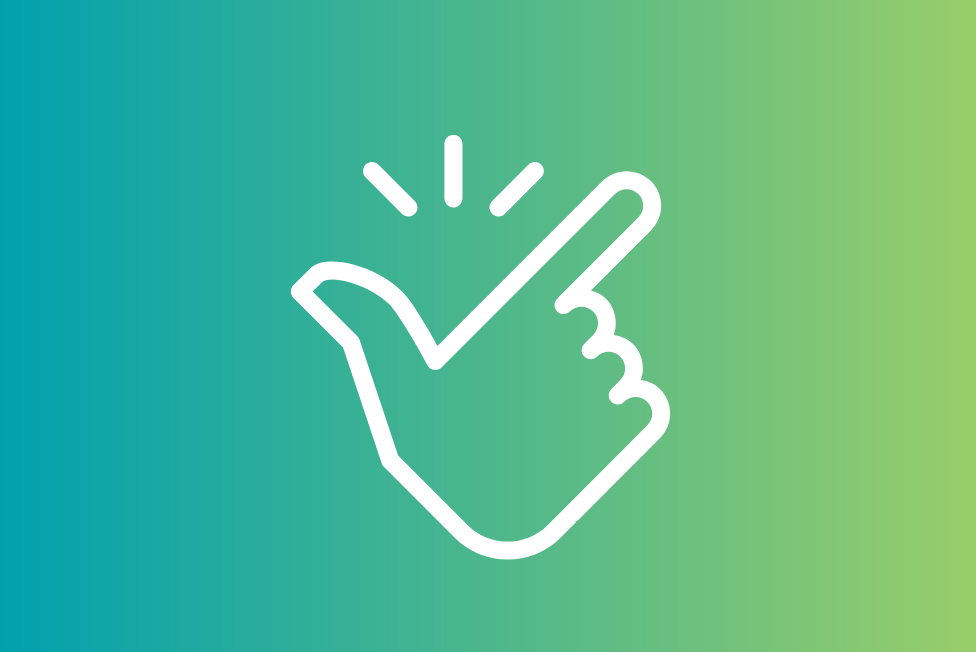Celebrating Autism Acceptance Month
Read the full story for "Celebrating Autism Acceptance Month "

Gestures are crucial in language development, communication, and learning. Children rely on gestures to express thoughts, emotions meaning, interact with others, and intentions.
Early Communication: Use gestures like pointing, waving, or reaching before they can speak. This helps express needs and desires and interact with caregivers.
Supports Bilingual Learning: In multilingual environments, gestures help children navigate and differentiate between languages, helping comprehension and word recall.
Supports Understanding: Watching gestures helps children grasp new words and concepts, especially in language learning.
Encourages Social Interaction: Nonverbal cues like nodding, shaking hands, waving, or facial expressions help children engage in social interactions and build relationships.
Supports Speech Development: When paired with spoken words, gestures can reduce frustration for children who struggle to articulate thoughts, giving them an alternative way to communicate.
Use Gestures Naturally: Wave goodbye, clap, and point while speaking to reinforce meaning.
Encourage Imitation: Play games like “Simon Says” to teach children to copy and associate movements with words.
Use Gestures with Words: When teaching new vocabulary, use corresponding hand motions like making a “big” gesture with arms while saying “big”.
Learn more about QuickStart Nova Scotia.
Read the full story for "Celebrating Autism Acceptance Month "
Read the full story for "‘It’s a movement’: Flag Raising Ceremonies Across Nova Scotia "
Read the full story for "2025 Walk Ambassador, Holly Nauss "
Read the full story for "Pictou’s Late Discovered Peer Support Group Success "
Read the full story for "Consent Focus Group Leads to Rich Discussion "
Read the full story for "Cynthia Carroll Inclusion Scholarship "
Read the full story for "Helpful Strategies for Mealtime Routines"
Read the full story for "2024 Holiday Open House Brings Community Together to Celebrate"
Read the full story for "Autism Action Plan Community Consultations"
Read the full story for "National Autism Framework Announcement"
Read the full story for "Making Words Fun: Learning through play"
Read the full story for "Supporting the post-secondary experience "
Read the full story for "Introducing the Best of Local Culinary Talents"
Read the full story for "Provincial Autism Action Plan Community Advisory Committee"
Read the full story for "Charli’s Insights on the Healthy Relationships, Sexuality, and Autism"
Read the full story for "Brandon Boyd Recipient of 2024 Joan Craig Trailblazer Award"
Read the full story for "Quick Tips for Creating Safe Child and Pet Interactions"
Read the full story for "Stephen’s Story about Embracing Autism"
Read the full story for "Celebrating International Women’s Day: Women’s Autism/Autistic Project"
Read the full story for "Understanding Coaching in the QuickStart Nova Scotia Program"
Read the full story for "Talking about Healthy Relationships"
Read the full story for "Shared Interests to Shared Hearts: A Journey of Friendship and Love"
Read the full story for "Sensory Bin Ideas for Play Routines"
Read the full story for "Tips for Mealtimes with Your Child"
Read the full story for "Celebrating Brandon Boyd: A Trailblazing Filmmaker with Autism"
Read the full story for "5 tips for Post-Secondary Students"
Read the full story for "Ideas for Outdoor Play in the Spring"
Read the full story for "4 Tips for Post-Secondary Students"
Read the full story for "Autism Acceptance Month Flag Raising"
Read the full story for "Father Raises Funds for Walk YOUR Way "
Read the full story for "Ideas for Outdoor Play in the Winter"
Read the full story for "4 Routine Tips after the Holiday Season"
Read the full story for "2022 Sheelagh Nolan Award Recipient"
Read the full story for "Creating an Inclusive Space for Trick or Treaters"
Read the full story for "6 Quick Tips for Trick or Treating"
Read the full story for "Five Tips for Post-Secondary Students "
Read the full story for "Pinwheel Wellness Centre – Mental Health Support"